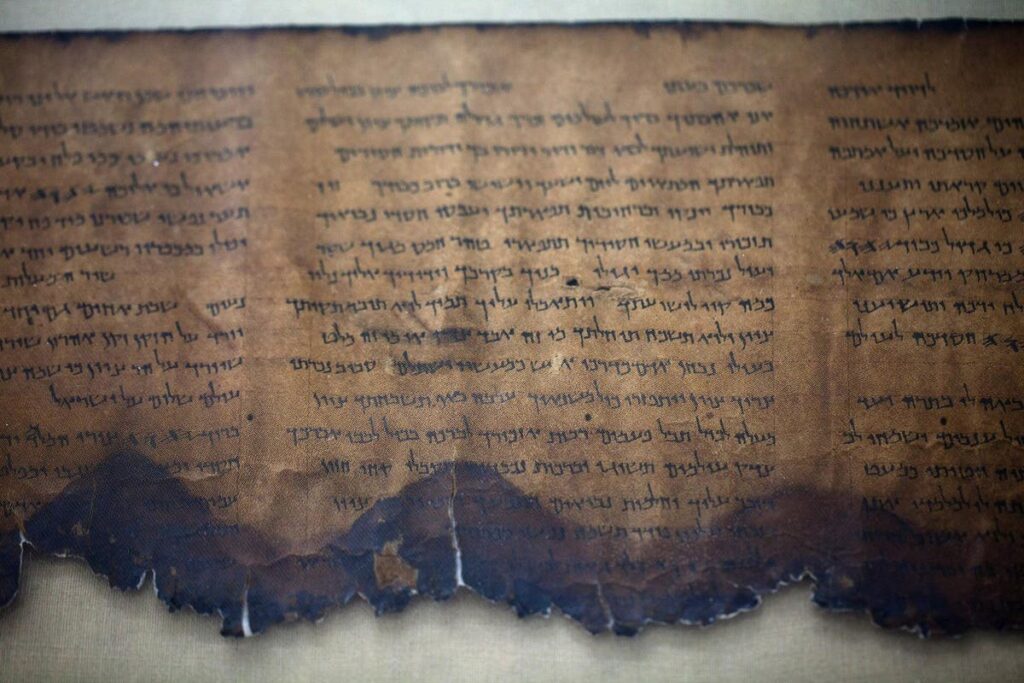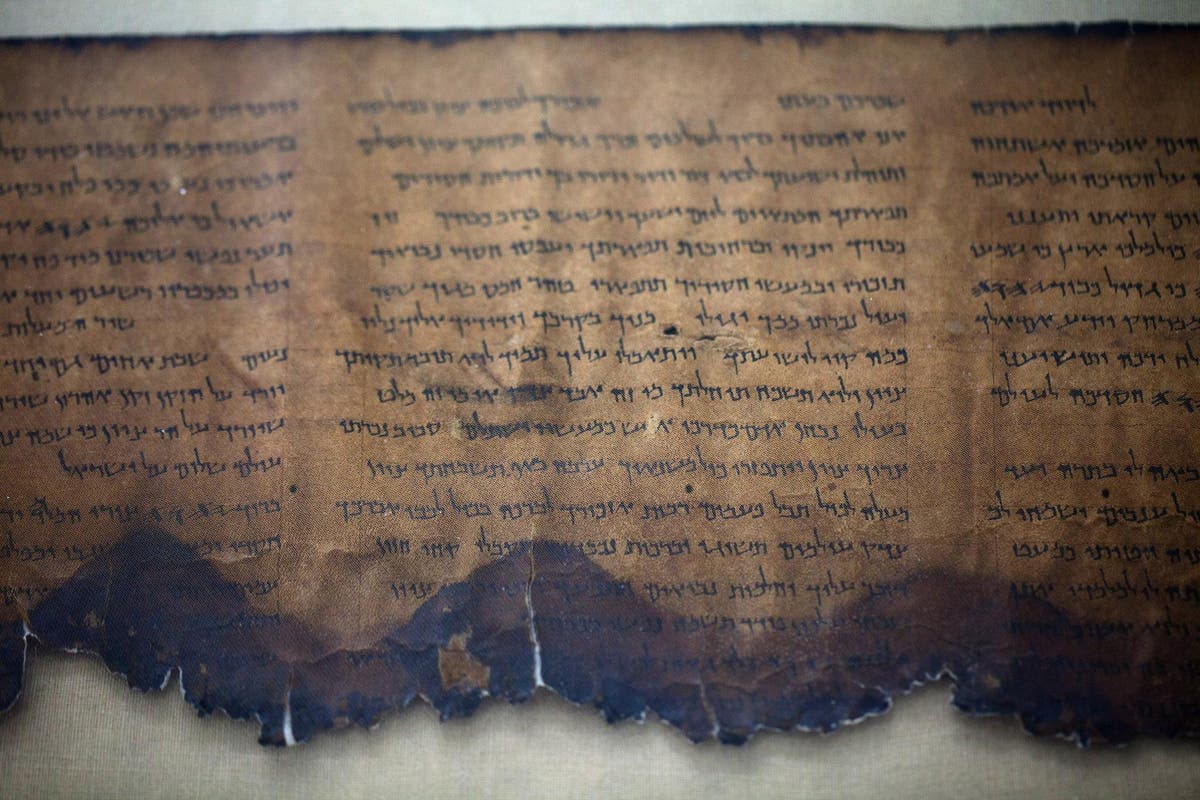
Unveiling the Past: Exploring the Origins of the 1st Bible Ever Written
The quest to identify the 1st Bible ever written is a fascinating journey into the ancient world, religious history, and the evolution of sacred texts. While the term “Bible” commonly refers to the collection of canonical texts in Judaism and Christianity, understanding its origins requires careful examination of the historical development of these scriptures. This article aims to explore the complex history of the 1st Bible ever written, its potential candidates, and the challenges in pinpointing a definitive answer.
Defining the “First Bible”
Before delving into specific texts, it’s crucial to define what constitutes a “Bible.” The Bible, as understood today, is a collection of books considered sacred and authoritative within a particular religious tradition. For Christians, this includes the Old Testament (largely derived from the Hebrew Bible) and the New Testament. For Jews, the Hebrew Bible, also known as the Tanakh, is the central scripture. Therefore, the answer to which was the 1st Bible ever written depends on which religious tradition’s perspective is considered.
The Hebrew Bible (Tanakh): A Strong Contender
Many scholars consider the Hebrew Bible, or Tanakh, a prime candidate for the 1st Bible ever written. The Tanakh is comprised of three main sections:
- Torah (The Law): Also known as the Pentateuch, this section contains the first five books: Genesis, Exodus, Leviticus, Numbers, and Deuteronomy. These books recount the creation of the world, the early history of the Israelites, and the giving of the Law to Moses.
- Nevi’im (The Prophets): This section includes historical and prophetic books, such as Joshua, Judges, Samuel, Kings, Isaiah, Jeremiah, Ezekiel, and the Twelve Minor Prophets.
- Ketuvim (The Writings): This section contains a diverse collection of poetic, wisdom, and historical texts, including Psalms, Proverbs, Job, Song of Songs, Ruth, Lamentations, Ecclesiastes, Esther, Daniel, Ezra-Nehemiah, and Chronicles.
The composition of the Tanakh was a gradual process spanning centuries. The Torah is generally believed to have been compiled between the 10th and 5th centuries BCE. The Nevi’im and Ketuvim were finalized later, with the canon of the Hebrew Bible likely established by the 1st century CE. Thus, elements of what would form the 1st Bible ever written were being compiled and circulated from early times.
The Torah as the Earliest Component
Within the Tanakh, the Torah is often considered the oldest and most foundational component. The stories and laws contained within the Torah served as the basis for Jewish religious and cultural identity. [See also: The Significance of the Torah in Jewish Tradition] The oral tradition surrounding these texts likely predates their written form, but the written Torah represents a significant step in the development of a codified religious text. The question of when the Torah achieved its final form is central to the discussion of the 1st Bible ever written.
Challenges in Determining the Earliest Texts
Identifying the 1st Bible ever written is fraught with challenges. One major obstacle is the fragmentary nature of the evidence. Ancient texts are often preserved in incomplete or damaged forms, making it difficult to reconstruct their original content and context. Furthermore, the process of canonization – the selection and acceptance of certain texts as authoritative – was a complex and often contested process. Different religious communities may have recognized different texts as canonical at different times.
Another challenge is the distinction between oral tradition and written text. Many of the stories and teachings found in the Bible were likely transmitted orally for generations before being written down. Determining when these oral traditions were first committed to writing is a difficult task. The idea of the 1st Bible ever written is therefore a complex one, and not easily answered.
Other Ancient Near Eastern Texts
While the Hebrew Bible is a strong contender for the 1st Bible ever written, it’s important to acknowledge the existence of other ancient Near Eastern texts that predate or are contemporary with its earliest components. These texts, such as the Epic of Gilgamesh, the Code of Hammurabi, and various Egyptian religious texts, offer valuable insights into the religious and cultural landscape of the ancient world. [See also: Comparative Religion: Ancient Near Eastern Texts] While not considered “Bibles” in the strict sense, these texts share certain characteristics with biblical literature, such as creation myths, legal codes, and moral teachings. Understanding these texts helps to contextualize the development of the Hebrew Bible and its unique contributions to religious thought.
The Development of the Christian Bible
The Christian Bible, which includes the Old Testament (largely based on the Hebrew Bible) and the New Testament, represents a later development in the history of biblical literature. The New Testament consists of the Gospels, Acts, the Epistles, and Revelation. These texts were written in the 1st century CE and reflect the teachings and experiences of the early Christian community. The canon of the New Testament was gradually established over several centuries. Therefore, while significant, the Christian Bible does not represent the 1st Bible ever written, as it builds upon existing traditions.
The Septuagint and its Influence
The Septuagint, a Greek translation of the Hebrew Bible, played a crucial role in the development of the Christian Bible. The Septuagint was produced in Alexandria, Egypt, beginning in the 3rd century BCE. It became the standard version of the Hebrew Bible for Greek-speaking Jews and early Christians. The Septuagint influenced the content and interpretation of the Old Testament in the Christian tradition. [See also: The Septuagint: A Bridge Between Jewish and Christian Scriptures] Understanding the Septuagint is crucial for appreciating the complex relationship between the Hebrew Bible and the Christian Bible, and how elements of the 1st Bible ever written evolved over time.
The Process of Canonization
The process of canonization – the selection and acceptance of certain texts as authoritative – was a crucial step in the formation of both the Hebrew Bible and the Christian Bible. This process was not always straightforward or unanimous. Different religious communities may have recognized different texts as canonical at different times. The final canon of the Hebrew Bible was likely established by the 1st century CE, while the canon of the New Testament was not definitively fixed until the 4th century CE. Understanding the process of canonization helps to shed light on the complex history of biblical literature and the factors that influenced the selection of texts that were considered part of the 1st Bible ever written.
Conclusion: A Complex and Evolving History
In conclusion, the quest to identify the 1st Bible ever written is a complex and multifaceted undertaking. While the Hebrew Bible, particularly the Torah, represents a strong contender, the fragmentary nature of the evidence and the gradual process of canonization make it difficult to pinpoint a definitive answer. The term “Bible” itself is subject to interpretation, and the existence of other ancient Near Eastern texts further complicates the picture. Ultimately, understanding the origins of the Bible requires a nuanced appreciation of the historical, cultural, and religious contexts in which these texts were developed and transmitted. The evolution of what became the 1st Bible ever written, is a long and fascinating journey through human history.
The journey to understand the 1st Bible ever written compels us to explore the ancient world, analyze religious history, and appreciate the evolution of sacred texts. While a single, definitive answer remains elusive, the exploration itself offers invaluable insights into the development of religious thought and the enduring power of scripture. It’s more accurate to speak of the earliest components and precursors to what we understand as the 1st Bible ever written, rather than a single, identifiable document. The development of these texts was a long and gradual process, with oral traditions eventually being codified into written form. The question of the 1st Bible ever written is a question that has been pondered by scholars for centuries.

